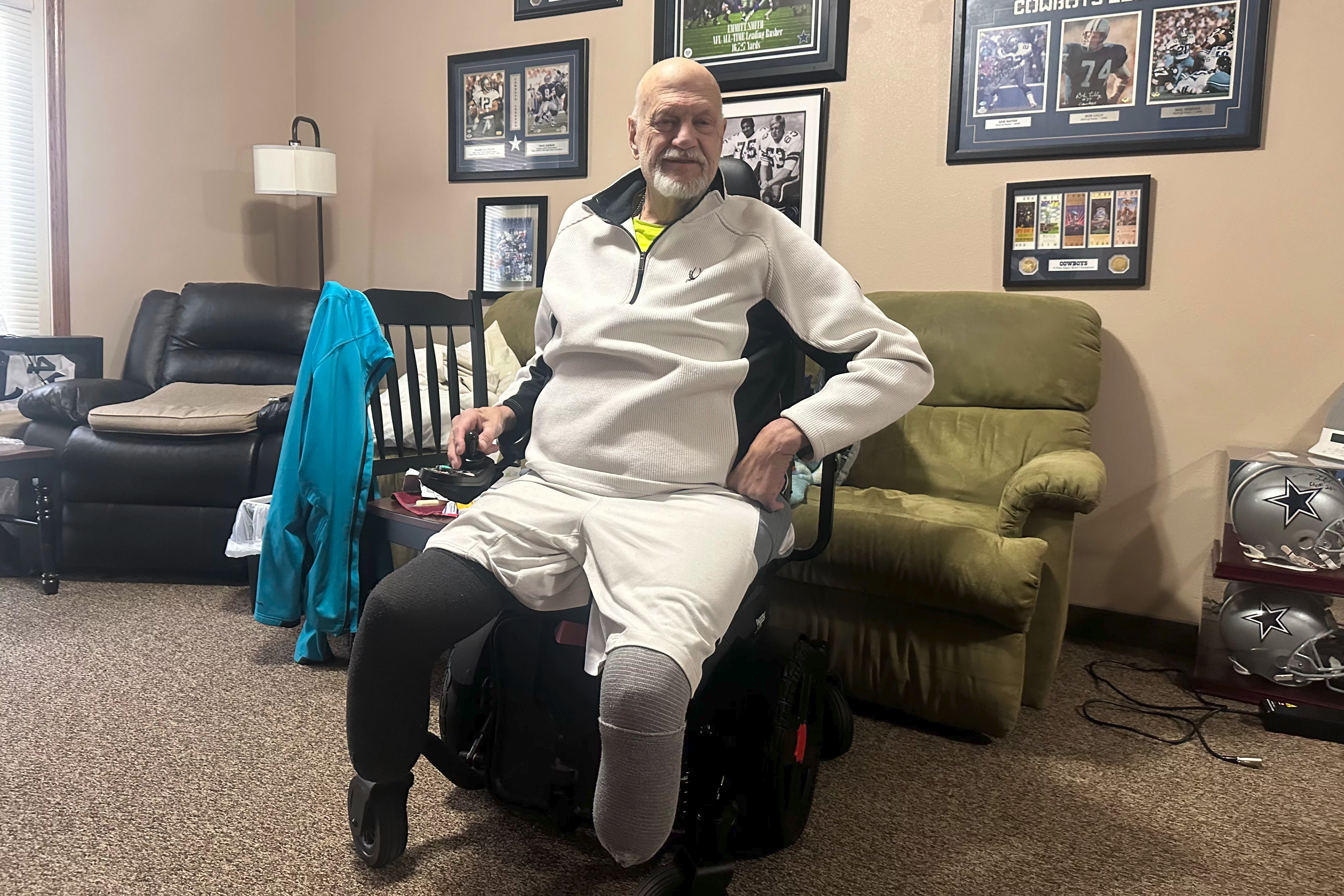Emily Jamea, Ph.D., is a sex therapist, USA Today Best-Selling author and podcast host. You can find her here each month to share her latest thoughts about sex.
As a sex and relationship therapist, I’ve made it my mission to help people feel secure and confident in their sexuality. Most of the time, I work with people to boost desire, cure sexual dysfunction, overcome sexual inhibition or calm compulsive sexual urges.
But sometimes I work with people to help them feel secure and confident about the absence of their sexual feelings — a sexual orientation called asexuality.
In a world hyperfocused on romance, desire and sexual connection, asexuality is often overlooked. But, it’s as valid as any other sexual orientation. Approximately 1% of the population identifies as asexual. And percentages are slightly higher in the queer community, in younger adults and among those on the autism spectrum.
By shedding light on this often misunderstood sexual orientation, we can better understand not only those who identify as asexual but also the infinite nuances of intimacy, connection and love.
What is asexuality?
Asexuality is a sexual orientation where you have little to no sexual attraction to others. This doesn't mean that asexual people can't experience love, intimacy or connection. It also doesn't mean that they're celibate by choice or want to avoid romantic relationships altogether.
Asexuality exists on a spectrum, often referred to as the "ace spectrum," which includes different types of attraction, desire and relationship preferences. Some asexual people identify as aromantic, meaning they don’t experience romantic love, while others might form deep romantic connections even though they don't feel sexual attraction.
People who are "graysexual" may experience occasional or situational sexual attraction, while "demisexuals" require a strong emotional bond before feeling sexual desire.
While some people may feel crystal clear about being asexual, others may find themselves wondering if and where they fall on the spectrum.
Am I asexual?
If you're wondering if you may be asexual, working with a skilled therapist and using assessments like the Asexuality Identification Scale test can help shed some light on your orientation.
Myths about asexuality
There are a lot of misconceptions about asexuality. One common myth is that asexual people are repressed, traumatized or ‘waiting for the right person.” This misunderstanding diminishes the legitimacy of asexuality as a sexual orientation and keeps harmful stereotypes going. Being asexual is not the same thing as being celibate, sexually inexperienced or uninterested in relationships.
Another common myth is that asexual people can’t have fulfilling relationships. In truth, many asexual people build deeply satisfying connections, whether they’re romantic, platonic or somewhere in between. Like anyone else, asexual people may seek companionship, emotional intimacy and shared life experiences. Some may even engage in sexual activity as an expression of love or a mutual agreement with a partner despite not experiencing sexual desire themselves.
Read: Good Sex with Emily Jamea: The Paradox of Desire >>
It’s important to remember that most components of sexuality are fluid. This means that some people may feel like their sexual orientation, gender identity and preferences change with time. Some people may feel like they fluctuate between feeling heterosexual, bisexual, gay or even asexual throughout periods of their life.
Navigating relationships as an asexual person
A common question about asexuality is how it influences relationships. All healthy relationships begin with honesty and communication, and asexual relationships are no different. If you’re asexual, you may need to have open conversations with partners about their desires and what intimacy looks like for them. This might involve redefining traditional ideas of partnership to prioritize emotional closeness, shared values or mutual support over sexual compatibility.
For asexual people in relationships with allosexual (non-asexual) partners, finding a balance that honors both individuals’ needs is key. This could mean you include compromise, creative expressions of intimacy or exploring alternative relationship structures, such as consensual non-monogamy so that the allosexual partner can get their sexual needs met. Ultimately, there is no one-size-fits-all approach, but with mutual respect and understanding, deeply fulfilling partnerships are possible.
Community is important for everybody, but especially for sexual minority groups. Online spaces such as the Asexuality Visibility and Education Network (AVEN) and local ace meet-ups offer opportunities for connection, validation and support. These spaces remind asexual individuals that they’re not alone and that their experiences are valid and worthy of recognition.
Moving toward greater acceptance
You don’t see a lot of asexual people represented in the mainstream media which can make people who identify as ace feel invisible and alienated. Sexuality is often portrayed as a universal and essential component of human existence, which makes it challenging for asexual people to see themselves reflected in societal norms. This lack of representation can lead to self-doubt, internalized stigma and difficulty coming to terms with their identity.
The good news is that visibility is growing. Acceptance begins with education and empathy. Shows like Sex Education and public figures such as asexuality activist Yasmin Benoit are helping bring asexuality into the conversation. Increased representation helps foster understanding and acceptance. Whether you identify as asexual or are simply an ally, acknowledging and validating this identity enriches our shared humanity.



















 English (US) ·
English (US) ·